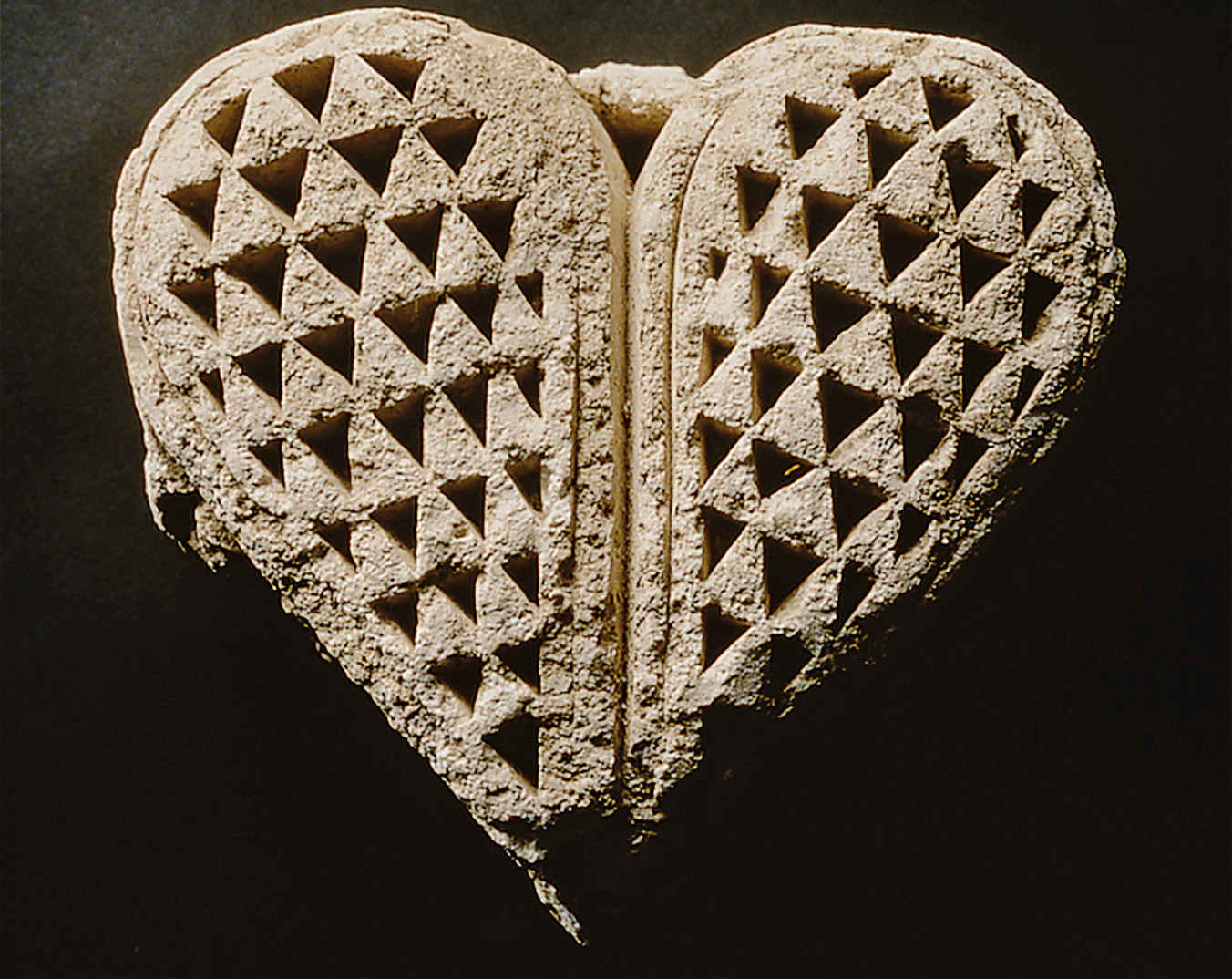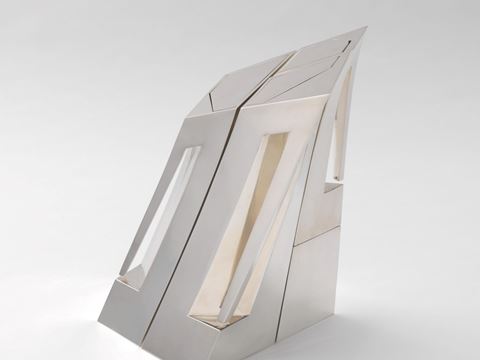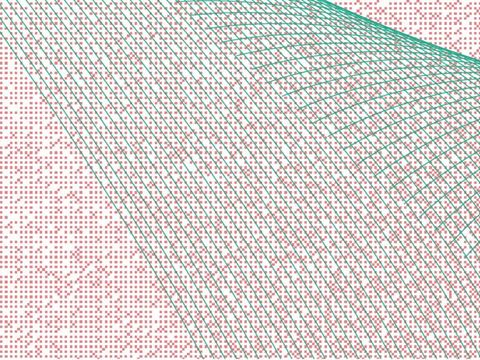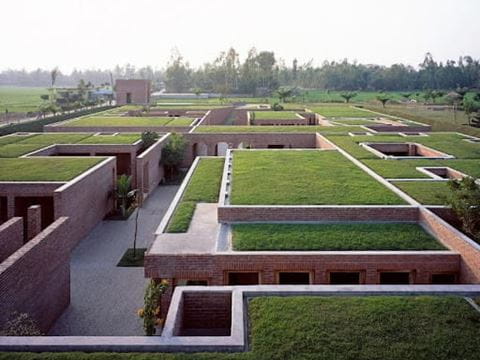
Baghdad: A Journey Back to Madinat al-Salam, With Assassin’s Creed Mirage
Institut du Monde Arabe,Paris,France
Baghdad: A Journey Back to Madinat al-Salam, With Assassin’s Creed Mirage sheds light on a captivating historical period, a key geographical area and a brilliant civilization. Numerous exquisite artifacts from the Abbasid period are presented, some of which have not been seen for more than 20 years. The objects are showcased amid content from Assassin’s Creed Mirage, the latest video game in the series by the company Ubisoft. Together, they form an exhibition that reveals the splendor of a global city in its golden age. For centuries, this city stood as a political, scientific, cultural and commercial power before it was razed by the Mongols in 1258 CE. The exhibition attempts to answer what the lost city could have been like by connecting historical facts and objects from the Institut du Monde Arabe’s collections with content from Assassin’s Creed Mirage: concept arts, video and audio extracts, images of historical characters and places featured in the game and more.
You may also be interested in...

Table Manners
Table Manners brings together tableware, flatware and drinkware from the SFMOMA Architecture + Design collection spanning nearly 100 years.
Diriyah Contemporary Art Biennale
Diriyah Contemporary Art Biennale is an international showcase of contemporary art, featuring artists from Saudi Arabia and around the world.
Chicago Architecture Biennial
Chicago Architecture Biennial, the largest exhibition of contemporary architecture in North America, explores ideas around salient issues facing the field, including housing, ecology and material innovation.